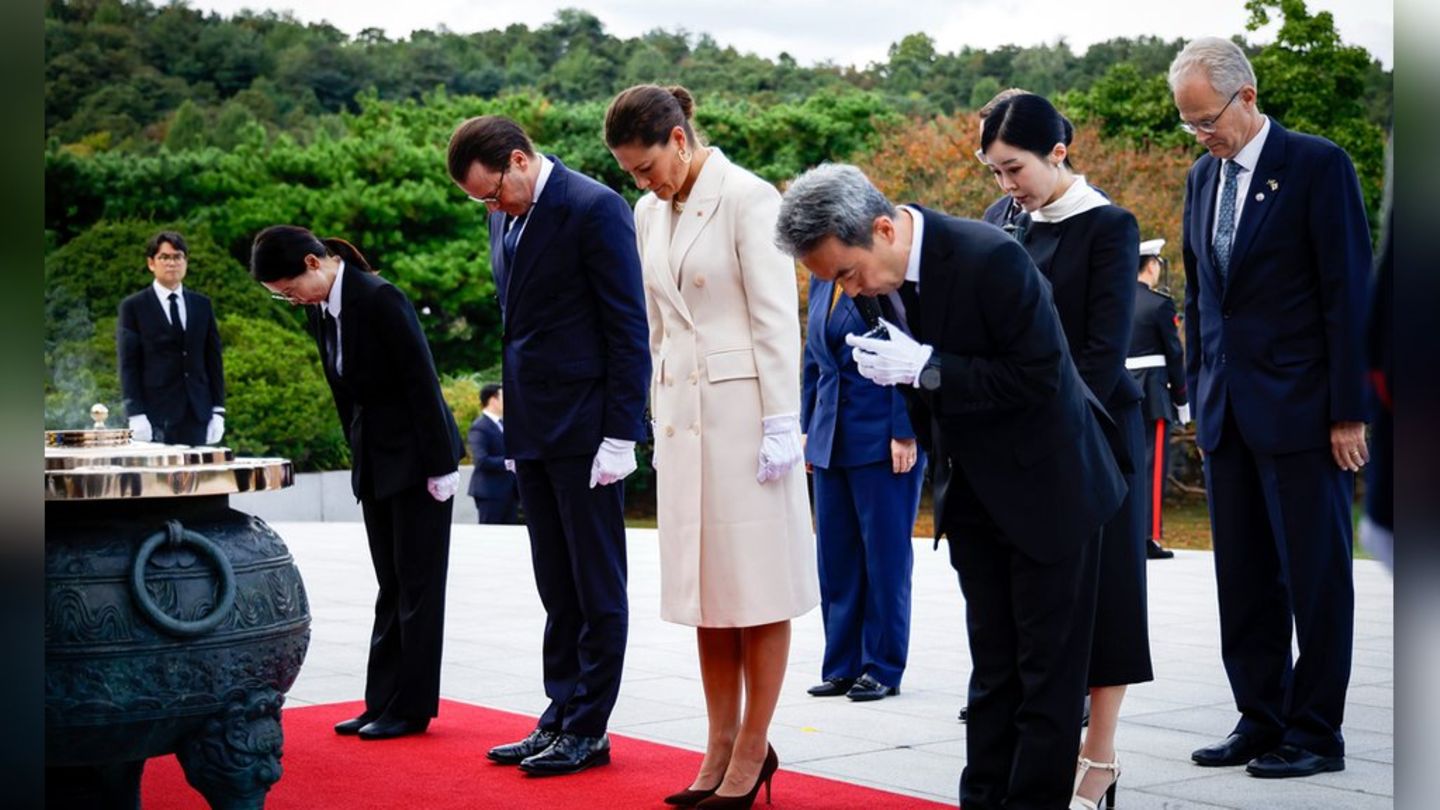30 years after the start of the negotiations, the agreement is expected. In the delicate political balance inside Brussels is the key or a definitive padlock.
The Association Agreement between the European Union (EU) and Mercosur represents the most extensive and dilated commercial negotiation process in modern history, taking into account central actors of the international economy. 30 years after the start of the negotiations, the agreement is expected.
The content you want to access is exclusive to subscribers.
Unlike what happened 2019 when the technical representatives of the South American and European block arrived at a consensus document (which quickly evaporated), on December 6, 2024 were the political leaders (Ursula von der Leyen and the presidents of Mercosur) who sealed the renegotiation that began in 2023 – and legitimized – the text of the agreement. This symbolic aspect generated illusions that it could finally be realized.


Although it is surprise for many, the obstacles of the entry into force of the agreement are more in the European table than in Mercosureña; The latter more cohesive in relation to the importance of advancing in the external agenda of the block. The 2024 text included an amendment in the signature and ratification process that allows a great obstacle within the EU, but does not eliminate uncertainty and doubts that still persist in the level of political economy. The EU separated (called Split) The commercial pillar of the components related to political dialogue and cooperation. The European Council must achieve a qualified majority to approve commercial chapters: 55% of the Member States (15 of 27) and that these states represent at least 65% of the EU population. Then, the Council must request from the European Parliament its consent (simple majority) for the ratification of the Commercial Pilar of the Agreement.
The modifications and incorporations in the text of the agreement in the negotiations initiated in 2023 managed to appease mutual misgivings. In particular, Brazil spaces are granted for action for its industrial policy (government purchases, electromobility sector, critical mineral export restriction) and an annex “Side Letter” was incorporated to align the commitments of the chapter on sustainable development with what is stated in the European green pact, to meet the demands mainly of France.
However, the veto and blockade of French farmers have not disappeared, as well as the receptivity they find in the French government. In July of this year, the European Commission presented a political protocol proposal that includes “circuit breakers” or safeguards to limit imports of meat, chicken and sugar from Mercosur. This measure is intended to reassure French farmers, who fear that the agreed quotas will annul their competitiveness. The new restrictions, however, are unacceptable for South American countries since they would imply a new reconfiguration of the original agreement.
Recently, Malamud and Schenoni (two Argentine political scientists) published a study at the request of the European Parliament where they show how the current geopolitical dynamics generates incentives so that Mercosur and the EU, reinforce mutual resilience and strategic autonomy. This premise is more palpable for the European case, since the feeling in Brussels is that Washington puts tariffs, Russia invades and China deindustrialize it. The world presses the old continent to carry out political readjustments (geo) and seem to function as attenuation to the opposition to the agreement.
However, the “Deal” agreed between Trump and Ursula von der Leyen to “rebalance” the commercial relationship between the US and Europe puts many doubts about the margin of Europe (and the will) political and economic to diversify their strategic positioning. In the coming years, where will the EU prioritize resources and financing? In the rural areas of Paraguay to help the traceability of sugar production under the cooperation protocol or help to finance a semiconductor industry in Arizona, within the framework of the 600 billion dollars committed to disburseing in the US?
Despite France’s pressures to freeze the ratification process, in the first days of September the commission sent the text to the European Council, an important first step. From now on to the end of the year, the eyes will be put in the negotiations and in the “porete” to achieve the necessary votes in the European Council. They do not reach the explicit support of Germany, Spain and Portugal. Thus, Italy appears as the key country that will incline the court, the ball has Rome. The treaty takes the veto of at least five EU countries that represent at least 35% of the population. France, Austria, Poland and the Netherlands have expressed concern and reluctance. These countries represent 30% of the population. Therefore, the final decision of the Meloni government is the main political intrigue.
In short, the EU-MERCOSUR agreement continues to be trapped in a crossroads where geopolitical interests, environmental demands and agricultural protectionism that resists yielding. In the delicate political balance within Brussels is the key or a definitive padlock to the agreement.
By Esteban Actis and Lautaro Ramírez. Insight Lac associates.
Source: Ambito
David William is a talented author who has made a name for himself in the world of writing. He is a professional author who writes on a wide range of topics, from general interest to opinion news. David is currently working as a writer at 24 hours worlds where he brings his unique perspective and in-depth research to his articles, making them both informative and engaging.




